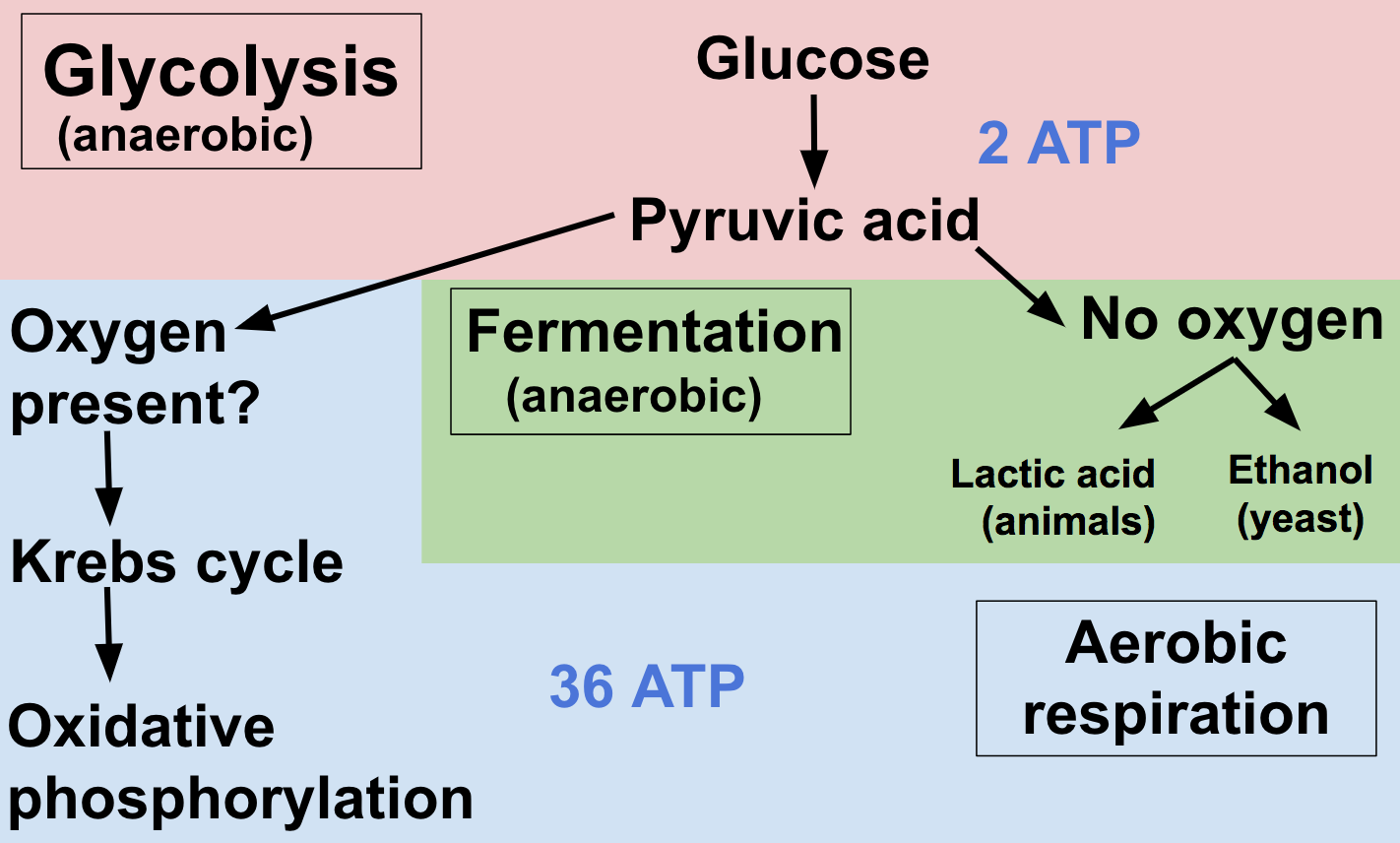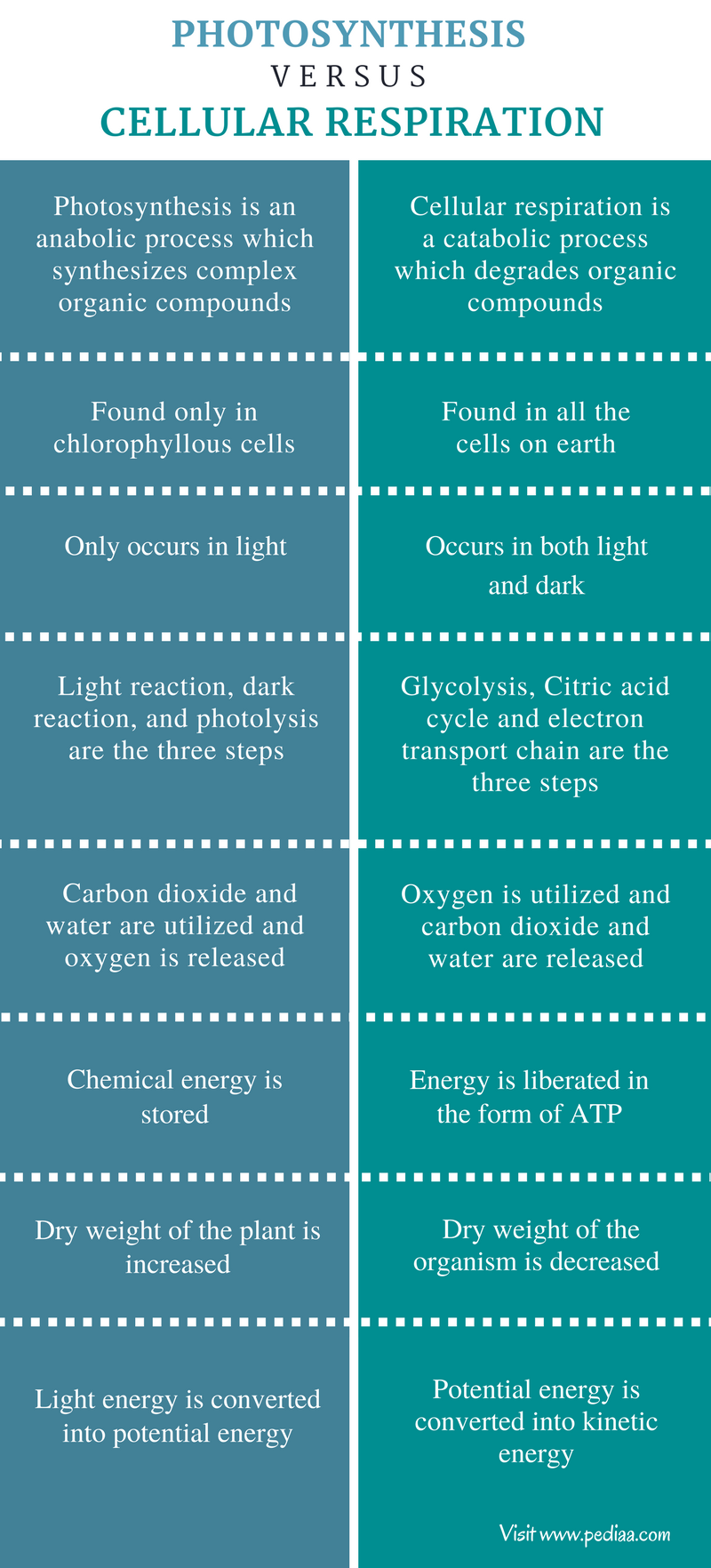Cellular Respiration In Plants Definition

Cellular respiration a three stage process converts glucose and oxygen to ATP the cellular form of energy and releases carbon dioxide and water.
Cellular respiration in plants definition. Cellular respiration is a process that occurs in the mitochondria of all organisms. Cellular respiration is the process through which cells convert sugars into energy. As with photosynthesis.
Cellular respiration definition the oxidation of organic compounds that occurs within cells producing energy for cellular processes. Role of air temperature. The breakdown of food leads to the production of energy.
In this process both plants. Cellular respiration refers to the process which is responsible for the breakdown of food inside the cell. Cellular respiration uses glucose and oxygen to produce carbon dioxide and water.
Cellular respiration All organisms respire in order to release energy to fuel their living processes. The energy is utilised for the synthesis of ATP. Cellular respiration in plants is the process used by plants to convert the glucose made during photosynthesis into energy which fuels the plants cellular activities.
Medical Definition of cellular respiration. Cellular respiration is a series of metabolic reactions that occur within the cells of organisms both plants and animals to convert biochemical energy derived from nutrients to adenosine triphosphate ATP and then release waste products. Cellular Respiration Definition.
In cellular respiration some of the energy dissipates as heat while a plant harnesses some energy for the growth processes. The respiration can be aerobic which uses glucose and oxygen or anaerobic which uses only. In plants there are two types of respiration.



















